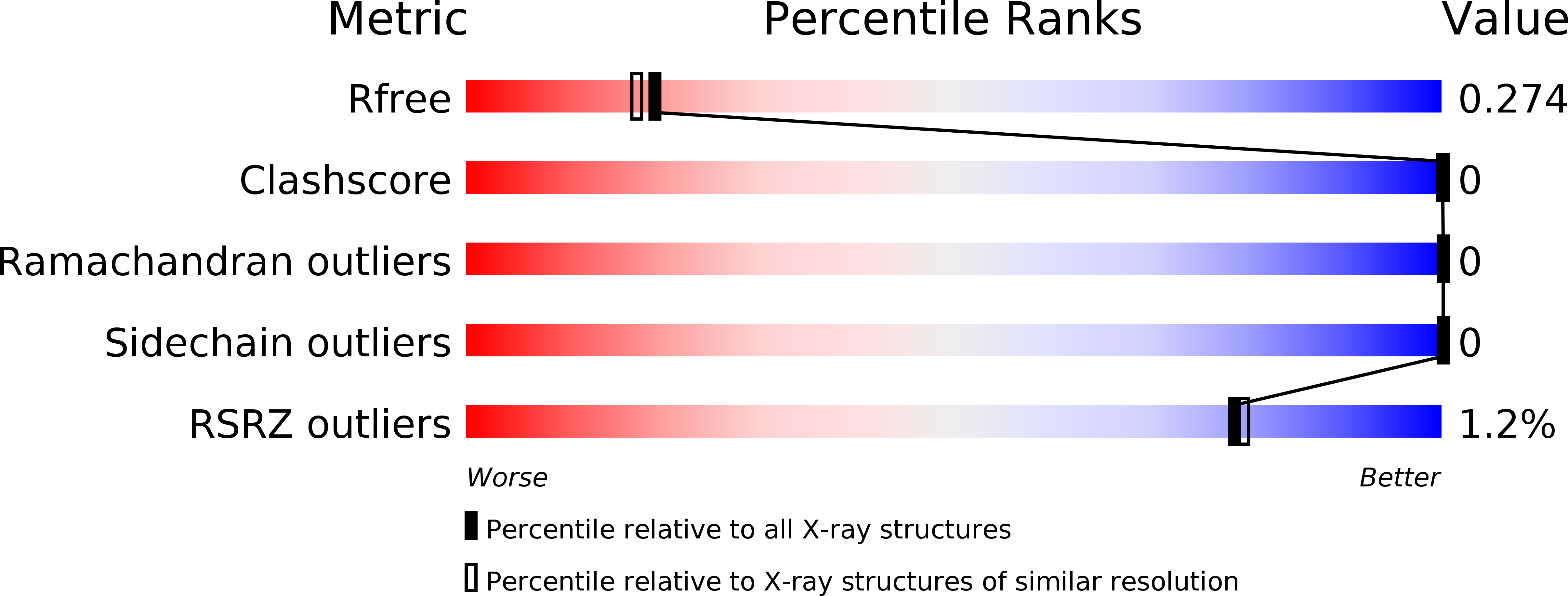
Deposition Date
2018-09-13
Release Date
2019-07-24
Last Version Date
2024-01-24
Entry Detail
PDB ID:
6HMV
Keywords:
Title:
Crystal structure of human ACBD3 GOLD domain in complex with 3A protein of enterovirus-D68 (fusion protein, LVVY mutant)
Biological Source:
Source Organism:
Homo sapiens (Taxon ID: 9606)
Enterovirus D68 (Taxon ID: 42789)
Enterovirus D68 (Taxon ID: 42789)
Host Organism:
Method Details:
Experimental Method:
Resolution:
2.24 Å
R-Value Free:
0.26
R-Value Work:
0.23
R-Value Observed:
0.23
Space Group:
P 21 21 21


